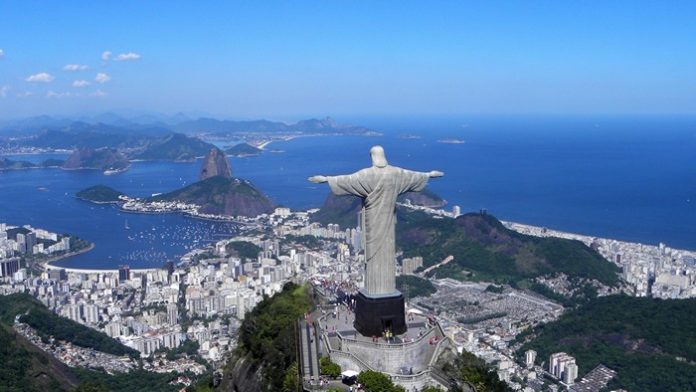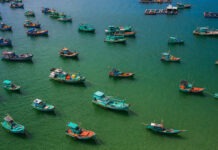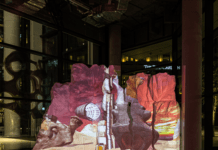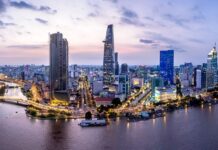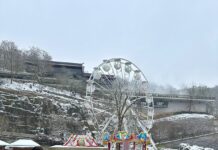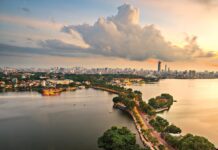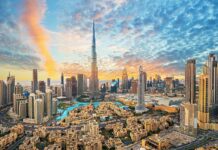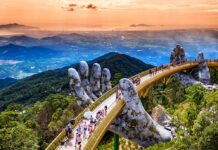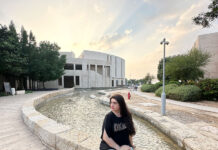One of the world’s most captivating places, Brazil is a country of powdery white-sand beaches, verdant rainforests and wild, rhythm-filled metropolises. Brazil’s attractions extend from frozen-in-time colonial towns to otherworldly landscapes of red-rock canyons, thundering waterfalls and coral-fringed tropical islands.
Brazil’s biodiversity is also expansive with diverse ecosystems boasting a grand collection of plant and animal species. Festas (festivals) happen throughout the year, and provide a window into Brazil’s incredible diversity. Here are the top places to experience in Brazil.

Rio de Janeiro: Often called the Cidade Marvilhosa, the city is host to some of the greatest landmarks in the world: the Corcovado mountain supporting the great statue of Christ the Redeemer; the rounded incline of the Sugar Loaf mountain, standing at the entrance to the bay; and the famous sweeps of Copacabana and Ipanema beaches, probably the most notable lengths of sand on the planet.
Between an azure sea and forest-clad mountains, the city’s streets and buildings have been molded around the foothills of the mountain range that provides its backdrop, while out in the bay there are many rocky islands fringed with white sand.
Rio also has remarkable architectural heritage, some of the country’s best museums and galleries, superb restaurants and a vibrant nightlife. Its setting is enhanced annually by the frenetic sensuality of Carnaval, an explosive celebration.

Minas Gerais: Separated from the Atlantic by the small state of Espírito Santo, Minas Gerais attracts visitors to its beautiful colonial-era towns, to its spa resorts created in the late nineteenth and early twentieth centuries and to Belo Horizonte, its thriving capital. The state’s pre-eminent administrative, industrial and cultural metropolis, Belo Horizonte lies in the center of the rich mining and agricultural hinterland that has made the state one of the economic powerhouses of Brazil, running from the coffee estates of western Minas to the mines and cattle pastures of the valley of the Rio Doce, in the east.
Minas Gerais’ cidades históricas, ‘the historic cities’, represent some of the finest examples of Portuguese colonial architecture, and are repositories of a great flowering of eighteenth-century Baroque religious art; arte sacra mineira was the finest work of its time in the Americas, and also resides here the greatest figure in Brazilian cultural history – the mulatto leper sculptor, Aleijadinho, whose magnificent work is scattered throughout the state’s wonderfully preserved historic cities.

Bahia: With over 1000km of coconut-fringed beaches and the most agreeable climate in the region – hot and sunny. At its heart are the Chapada Diamantina Mountains, offering breathtaking trekking and climbing opportunities, while just north of there, the massive São Francisco Lakes are popular for canoeing and watersports. The countryside changes to the south of the state capital, Salvador (site of the first Portuguese landings in 1500), with mangrove swamps and fast-developing island resorts around the town of Valença, before reverting to a spectacular coastline.
A string of colonial towns, including Santo Amaro and Cachoeira, also lie within striking distance of Salvador. Carnaval reaches a frenzied peak in Salvador every February, when the city heaves with two million people enjoying traditional tunes, from the popular and loud Barra seaside suburb to the more arty Pelhourinho.

The Amazon: A true wonder of the natural world, the river commands more water than the next seven largest rivers combined, and pours into the Atlantic. The region is home to pink dolphins, giant air-breathing fish and endemic species such as uakaris, better known as ‘english monkeys’ for their shaggy white fur and beetroot-red faces. There are also a myriad of birds, including parrots and toucans, as well as caiman, piranha, and dolphins. Monkeys and sloths are common in protected areas, but it is unlikely that you will see animals such as jaguars or anaconda The same goes for the ‘untouched’ indigenous tribes.

Mato Grosso: The region is essentially an enormous plain, home to the sprawling Pantanal swamp – the best place in Brazil for seeing wildlife, and one of the world’s largest wetlands – and rippled by a handful of small mountain ranges. To the west of Mato Grosso do Sul are Bolivian swamps and forest; the mighty rivers Araguaia and Paraná (one flowing north, the other south) form a natural rim to the east, while the Rio Paraguai and the country named after it complete the picture to the south.
Another noteworthy tourist attraction is the Pantanal, the world’s largest contiguous wetland or swamp, renowned for its wildlife. This spectacular region is also known for its array of birdlife, with over 464 identified species (though none of them endemic), and its endless supply of fish, with 325 species – including a great many piranha, which are used in an excellent local soup.

